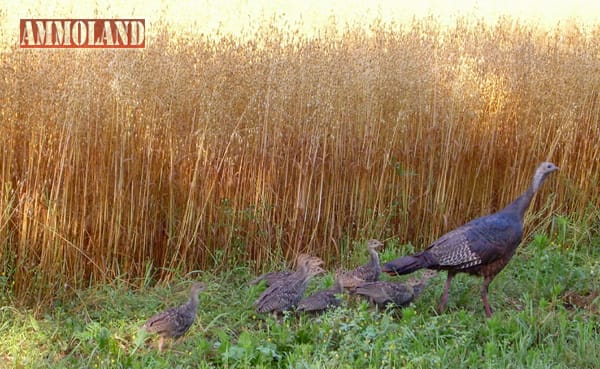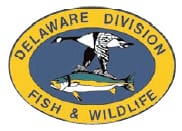

Dover, DE -(Ammoland.com)- The DNREC Division of Fish and Wildlife is looking for Delawareans to assist with its 5th annual wild turkey survey, helping with their locations and determining how many of the big birds exist in Delaware.
The data also will help biologists track the health, distribution and reproductive success of the state’s wild turkey population with the goal of ensuring a sustainable harvest of this treasured and robust game species.
“Today, Delaware has a thriving wild turkey population that allows for an annual turkey hunting season, but this was not always the case. The reintroduction of the wild turkey back into Delaware 30 years ago, nearly 200 years after it became locally extinct, remains one of the Division of Fish and Wildlife’s greatest wildlife restoration success stories,” said Wildlife Biologist Matthew DiBona.
Beginning in early 1984, with support from the National Wild Turkey Federation, Division of Fish and Wildlife biologists released 34 wild-trapped turkeys from Pennsylvania, New Jersey and Vermont into Sussex and Kent counties. Reintroductions continued through the 1990s, and once the population had established a foothold in Delaware, a hunting season was opened in 1991. Today, Delaware has a healthy statewide population estimated at 6,000 birds.
To help ensure the continued success of wild turkeys in Delaware, the Division of Fish and Wildlife needs information on the big birds’ annual reproductive success. One simple and cost-effective method is for volunteers to record and report sightings of turkeys during their day-to-day activities.
The 2014 survey period began on Tuesday, July 1 and continues through Sunday, Aug. 31. Upon sighting turkeys, participants are asked to record the date, location and number of adult hens (females), gobblers (males), and poults (young of the year) they observe. Participants are asked to submit their results by Wednesday, Sept. 10, 2014.
In 2013, survey participants submitted more than 175 observations that provided valuable insight on turkey production during last year’s breeding season. Statewide, reports indicated that reproductive success was only fair last year. Wet spring conditions likely caused some first nesting attempts to fail due to flooding or newly-hatched poults may have gotten wet and succumbed to hypothermia. Fortunately, there were several reports of late-nesting birds suggesting that some hens were able to re-nest and successfully produce young later in the spring and summer.
A summary of last year’s survey results, as well as a data sheet and set of instructions, is available for volunteers to download by visiting Delaware Wild Turkey Survey.
“Every year we get new and returning volunteers to submit their data and observations, and every year the quality of the data continues to improve,” said DiBona. “The more people who participate and the more observations they submit from all corners of the state, adds to the science available to help manage this public trust resource.”
About the Delaware Department of Natural Resources and Environmental Control (DNREC)
The mission at DNREC is to protect and manage the state’s vital natural resources, protect public health and safety, provide quality outdoor recreation and to serve and educate the citizens of the First State about the wise use, conservation and enhancement of Delaware’s Environment.
About the Division of Fish and Wildlife (DFW)
Since 1911, the Division of Fish and Wildlife has worked to conserve and manage Delaware’s fish and wildlife resources, provide safe and enjoyable fishing, hunting, and boating opportunities to citizens and visitors, and improve the public’s understanding and interest in the state’s fish and wildlife resources through information and outreach programs. The Division’s goal is to manage and provide access to the lands with which DFW is entrusted for public use and enjoyment.
